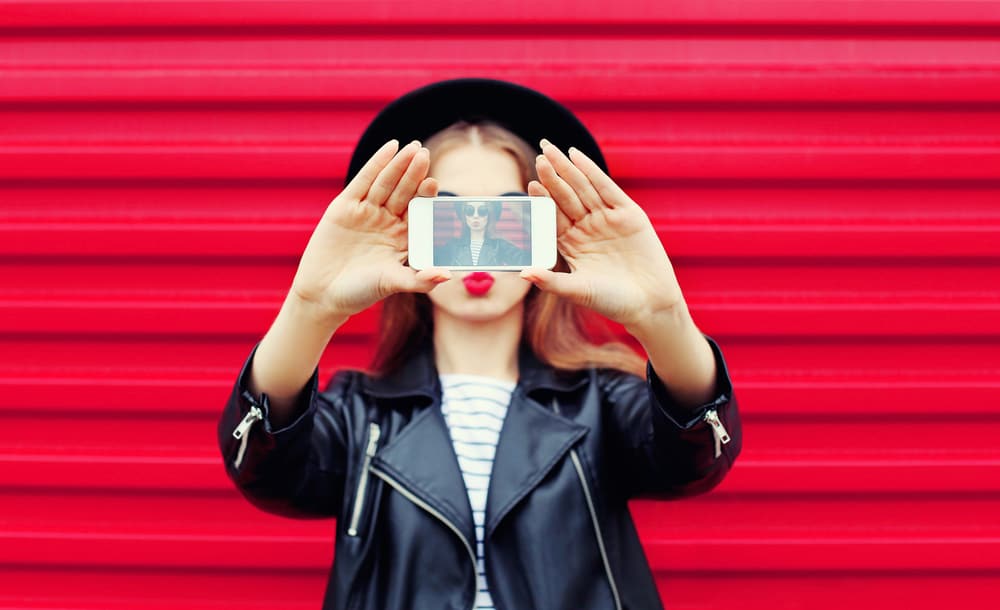Instagram is a photo sharing mobile application designed for storytelling. And as fashion relies heavily on powerful visuals and graphics, the two make a perfect fit. Since its launch in 2010, Instagram has changed the fashion landscape dramatically. Eva Chen, Instagram’s Head of Fashion Partnership, explains, “It democratizes fashion. There’s a greater connection to the customer now. Instagram enables brands to build a voice and speak more specifically to their audiences. Designers are not just thinking about the people at the shows.”
Below, we examine four lessons Instagram has taught the fashion community and how brands can leverage this social media giant to strengthen their image and drive growth:
In this article you’ll learn…
1. Brand Identity
With visual storytelling, fashion brands and retailers are now using Instagram as their primary tool to reveal brand personality. One look at a brand’s Instagram page should easily provide consumers a glimpse into the brand’s culture, lifestyle and products.
Burberry’s Instagram is heavily invested in not just showcasing the product, but revealing the posh lifestyle associated with the brand. Free People clearly reveals its festival-happy, bohemian style with a profile inundated with inspirational sayings and serene imagery.
Warby Parker kills it at the brand culture game by giving customers an insight on what the company and its employees are like, showcasing interesting books to read, places to dine, picturesque places to travel to, and funny images like dogs wearing Warby Parker glasses. Instagram offers the perfect snapshot of a fashion label’s identity, and nowadays, it has become imperative for successful brands to communicate a unique footprint to their consumers.
2. Community Engagement
One of the most innovative forms of marketing is to let the customer do the selling. Through Instagram, brands can generate high community engagement. The famed hashtag still proves to be a reliable and important way to increase reach.
Urban Outfitters, for example, runs a program, #UOonyou, where consumers post pictures of themselves wearing Urban Outfitters clothing and caption their photo with the hashtag. The photos are then looped to the retail site, marrying the physical and digital retail experience. This allows consumers to play an active role in the brand while simultaneously “selling” the brand to their own followers.
Jimmy Choo has a similar campaign, #IDoinChoo, which allows consumers to share their bridal moments and to possibly be featured on Jimmy Choo’s website.
Furthermore, one-off competitions and brand-specific campaigns have gained traction the Instagram space. Last year, Marc Jacobs hosted a social media campaign in which fans could snap a picture on Instagram and post it with #CastMeMarc. Nine lucky winners were chosen to be featured in Marc Jacobs’ fall campaign.
Lancome also launched a #bareselfie campaign where women post photos of themselves without makeup. According to a report by Olapic, the campaign generated 50% of sales for their just launched DreamTone serum product, and the Instagram feed which looped to their website’s gallery led to a 4% conversion rate for the serum.
3. Behind the Scenes of Fashion Powered by Instagram
Social media has blurred the lines between the once “exclusive” fashion community and the general public. Gone are the days of waiting until the September issue of Vogue or Bazaar to see the latest collection looks. Nowadays, fashion insiders capture the runway looks on their smartphones and share them from the show. Some fashion designers are going beyond that and offering their followers a “behind the scenes” peek.
Oliver Rousteing, Creative Director of Balmain, previewed his SS16 ready-to-wear collection on Instagram to more than one million followers. Alice and Olivia designer Stacey Bendet frequently posts pictures and videos of her daily life, giving us a genuine glimpse at the inspiration behind her designs, saying “that is really what building a brand is about, not just showing the product but showing the story all around it.”
4. Monetizing Social
According to eMarketer’s first-ever analysis of Instagram in July 2015, the social media platform is forecasted to bring in $595 million of mobile ad revenue this year, largely because Instagram has become increasingly shoppable. In March 2015, Instagram rolled out with a new feature, Carousel ads: a sponsored slideshow advertisement that appears on users’ Instagram feed. Banana Republic capitalized on this feature while also incorporating a “Learn More” button, which served as a gateway to purchase.
Michael Kors also commercialized Instagram last November when it debuted #InstaKors. After signing up on their website, consumers can double tap any image with an #InstaKors hashtag and an email will then be sent to them with links to purchase the posted products.
The most used shopping feature on Instagram, Curalate’s Like2Buy, allows brands to link Instagram photos with individual URLs, directly connecting consumers to products on their website. Within six months of launching Like2Buy, retailer Charlotte Russe achieved a 60% click-through rate.
There’s no doubt that Instagram has revolutionized and redefined the fashion industry. It has made the once “exclusive” fashion industry accessible to the public. Furthermore, brands can now craft an identity, create community engagement, and generate return far beyond the rack.
